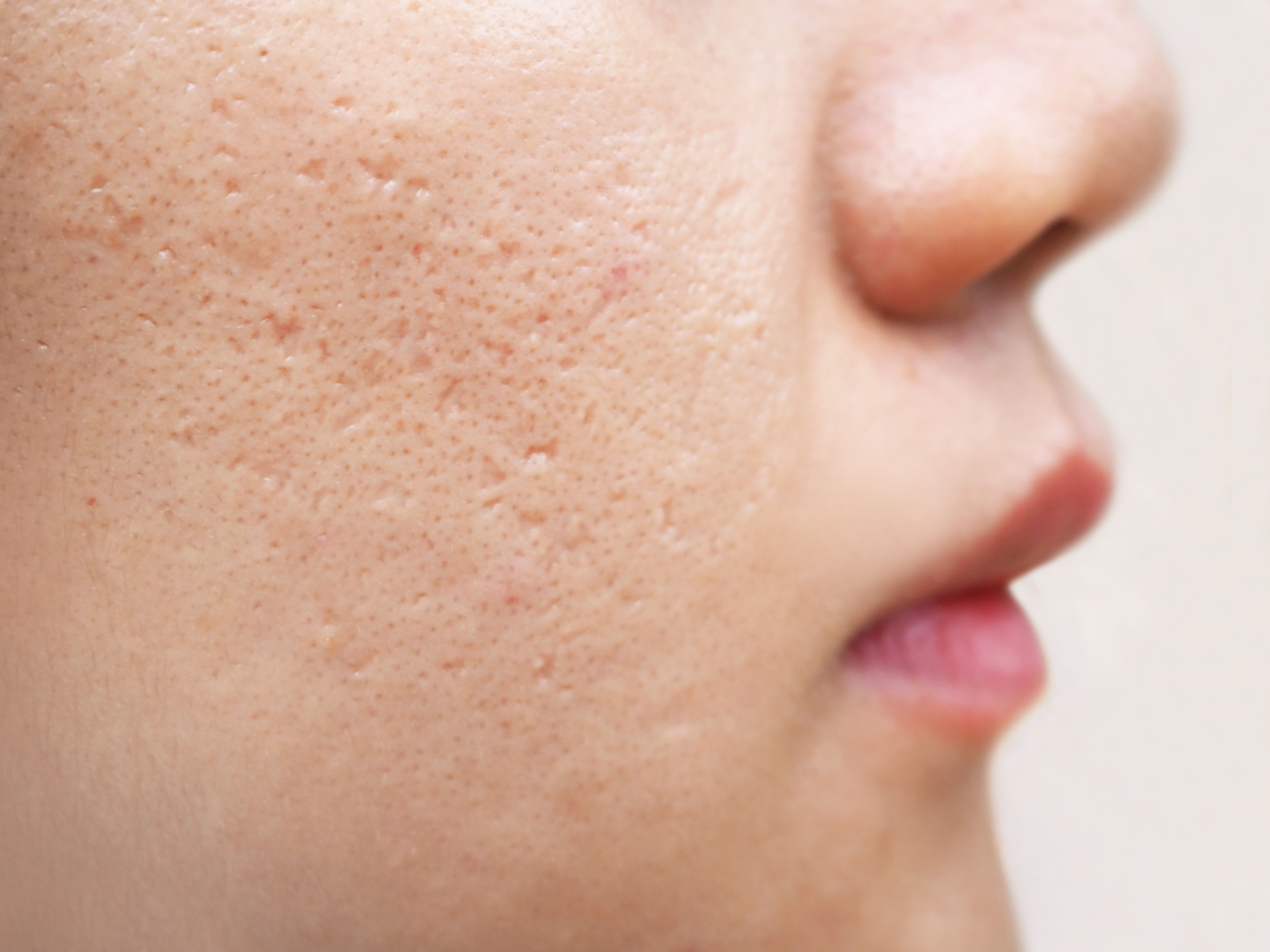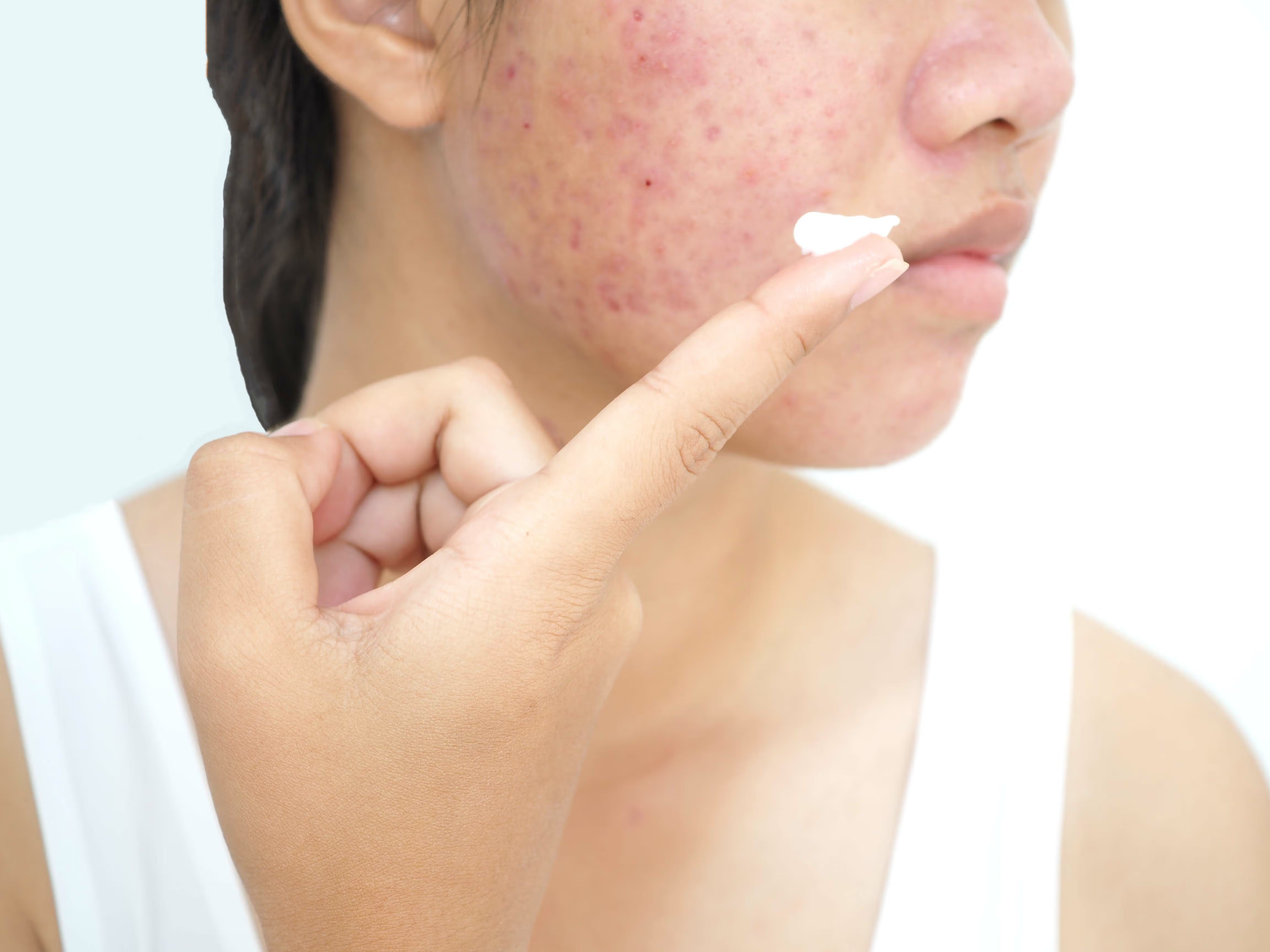- Case-Based Roundtable
- General Dermatology
- Eczema
- Chronic Hand Eczema
- Alopecia
- Aesthetics
- Vitiligo
- COVID-19
- Actinic Keratosis
- Precision Medicine and Biologics
- Rare Disease
- Wound Care
- Rosacea
- Psoriasis
- Psoriatic Arthritis
- Atopic Dermatitis
- Melasma
- NP and PA
- Skin Cancer
- Hidradenitis Suppurativa
- Drug Watch
- Pigmentary Disorders
- Acne
- Pediatric Dermatology
- Practice Management
- Prurigo Nodularis
- Buy-and-Bill
News
Article
High-Intensity Ultrasound Device Is Suitable for Facial Acne Scars in Asian Patients
Author(s):
Key Takeaways
- A single session of ultrasound treatment showed significant improvement in acne scar severity in Asian patients, with no adverse effects reported.
- The device uses SUPERB Technology, targeting the mid-dermis while preserving the epidermis, and is FDA-approved for wrinkle reduction.
Nearly all patients saw improvements in small, medium, and large depressions on the cheeks and temples with just a singular treatment session.
Image Credit: © jaojormami - stock.adobe.com

A singular session of high-intensity, high-frequency, non-focused, synchronous ultrasound parallel beams was tested for facial acne scarring treatment in a new study.1 The device targets the mid-dermis and preserves the epidermis in a non-invasive way. The preliminary research evaluated safety and efficacy in Asian patients.
The observational, retrospective study included 14 Thai patients (5 males and 9 females) with mild to moderate acne scars on the cheeks and temples. This was equal to a grade between 1 and 3 on the Acne Scar Severity (ASS) scale. Fitzpatrick skin types II to IV were included. Additionally, all were between the ages of 24 to 55 with a mean age of 45. The trial took place at a clinic in Bangkok, Thailand, between November 2021 and January 2024
The device, developed by SofWave Medical Ltd, uses Synchronous Ultrasound Parallel Beam (SUPERB) Technology with its active integrated cooling system and real-time temperature monitor to avoid thermal damage. Energy is delivered at a depth of 1.5 mm and an intensity of up to 5 J. The device has already been approved by the US Food and Drug Administration for wrinkle reduction and lifting of the eyebrows and neck.2
The study consisted of a single session, which lasted between 45 and 60 minutes, and a follow-up extending up to 8 months post-treatment. The average follow-up time was 3.6 months after the treatment session. A clinician used the Physician Global Aesthetic Improvement Scale (PGAIS) and the ASS scale to assess digital photographs of the skin before and after therapy. The Antera 3D software was also used to measure scar volume. Participants graded their pain on an 11-point scale, and any adverse events were recorded.
Improvements in mean depression volume for all sizes (small, medium, and large) were noted, based on the Antera 3D analysis. Small and medium depressions decreased by 27% and large depressions were reduced by 23% compared to baseline. Overall, the treatment was consistent with no statistically significant differences between the 3 depths.
The PGAIS and ASS results also showed positive results. According to PGAIS, 47% of areas showed “marked improvement” while 33% were “very much improved.” The ASS assessment showed improvement in 64% of the treated areas. All areas that were considered “severe” at baseline were categorized as “mild” or “moderate” at the follow-up.
The mean pain score was 3.94, with no topical anesthesia needed. Approximately 31% of patients had a pain level of 3 while 44% reported a score of 4 and 25% gave a score of 5. No adverse effects, including facial fat loss and nerve damage, were recorded for the entirety of the trial.
Limitations such as the small sample size and short follow-up period can be addressed in further research. Additionally, this device should be compared to other ultrasound methods to compare safety and efficacy outcomes.
Atrophic acne scars, which are more common than keloid and hypertrophic scars, are categorized into ice pick, boxcar, and rolling subtypes.3 Common treatments include topical therapies, energy-based devices, and other surgical procedures. Each methods have its own risk for adverse effects and there are currently no standardized guidelines for treating acne scarring. This ultrasound treatment is suitable for darker skin types, especially those looking for a time-efficient therapy with little to no downtime.
“Future studies should apply the device to target acne scar areas to better assess its effectiveness for this specific purpose,” the authors wrote. “This approach, combined with histological evaluation, will help clarify whether the observed improvement results from new collagen production beneath the scar rather than just adjacent skin tightening effects.”
References
1. Boonchoo K, Hongcharu W. The Efficacy and Safety of a Single Treatment of High-Intensity, High-Frequency, Non-Focused Ultrasound Parallel Beams for Facial Acne Scars in Asian Patients: A Preliminary Study. J Cosmet Dermatol. 2025;24(4):e70134. doi:10.1111/jocd.70134
2. Wang JV, Ferzli G, Jeon H, Geronemus RG, Kauvar A. Efficacy and Safety of High-Intensity, High-Frequency, Parallel Ultrasound Beams for Fine Lines and Wrinkles. Dermatol Surg. 2021;47(12):1585-1589. doi:10.1097/DSS.0000000000003208
3. Bhargava S, Cunha PR, Lee J, Kroumpouzos G. Acne Scarring Management: Systematic Review and Evaluation of the Evidence. Am J Clin Dermatol. 2018;19(4):459-477. doi:10.1007/s40257-018-0358-5





